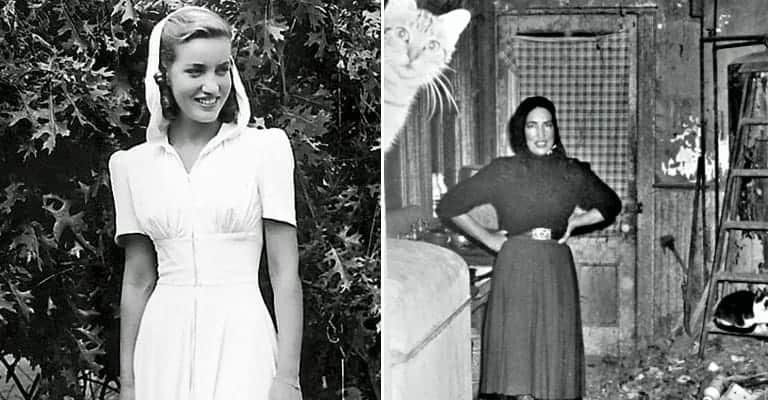The Bouvier family is most famous for producing one of America’s most influential socialites and First Ladies: Jacqueline Lee (Bouvier) Kennedy Onassis, the wife of President John F. Kennedy. However, their legacy also includes the sad tale of the daughter of a great house being reduced to poverty and misery.

Edith Bouvier Beale, aunt to Jackie Kennedy, and her daughter went from a promising and bright future as socialites to living destitute in a decrepit house as nature crept in around them and filth overtook them. A 1975 documentary Grey Gardens drew national attention to the plight of the two women and the hidden disgrace of how one of America’s illustrious families treated their own.

1. Big Edie Was Once a Child Prodigy
Big Edie Bouvier was born into a wealthy family. Her father, John Vernou Bouvier was a prominent attorney, while her mother, Maude Frances Sargeant, was the daughter of a wealthy paper manufacturer. Her father was obsessed with the idea of aristocracy and went so far as to fabricate a royal background for the family. He had the book Our Forebears privately printed which laid out the family’s fake royal lineage and contained the family motto “The hallmark of aristocracy is responsibility.”
Amidst the privilege and luxury of her wealthy upbringing, Edie embarked on a singing career. Big Edie was widely recognized as a very talented child singer and, by the age of 10, was considered by some to be a child prodigy. In her teenage years, she pursued a career in amateur singing.
As she got older, Edie kept up with the demands of the socialite lifestyle and began attending parties in search of a spouse. In 1917, she married attorney Phelan Beale and gave birth to her first child, a daughter named little Edie, that same year. Edie had two more children, sons, in 1920 and 1922. With three children, she placed her singing career on a back burner. Shortly after the birth of their third child, Phelan moved the family to the Grey Gardens estate in the Hamptons.

